Digitalization is about hyperconnectivity, interdependence, people-centricity and information savvy.
 The digital ecosystem expands when the digital business territories blur and the business communities broaden their scope and consume all sorts of resources. The digital paradigm has many dimensions. it is like to solve a jigsaw puzzle with thousands of pieces, easy to get lost when trying to capture the big picture. Here is the multitude of digital management to unlock business performance and unleash its full potential.
The digital ecosystem expands when the digital business territories blur and the business communities broaden their scope and consume all sorts of resources. The digital paradigm has many dimensions. it is like to solve a jigsaw puzzle with thousands of pieces, easy to get lost when trying to capture the big picture. Here is the multitude of digital management to unlock business performance and unleash its full potential.
Digital strategy management: A digital strategy is not just about the plan to design a pretty website or marketing strategy, it is an integral component of the business strategy. The goal is to transit from the current state to the strategic state defined in the enterprise strategic plan of digitalization and do it within the boundaries of the enterprise business model. The larger the organization is, the greater the challenges would be. The goal of the digital management is to build an organization that in times of change and times of relative status quo remains: Robust - able to recover quickly from adverse and unpreventable conditions; innovative -transform novel ideas to achieve high business value; flexible -able to figure out the alternative way of doing things; resilient - well positioned to exploit new opportunities, improve and deploy countermeasures against threats. Also, address the external and internal factors within the environment that might prevent the organization from achieving or over-achieving, in order to reach the high-performance business result.
Information management: The abundance of data and information bring both significant opportunities and enormous risks in business today. Therefore, IT continues to grow in importance to organizations, both operationally and as a competitive advantage. Information Management is to connect people with the right information at the right time and location, to ensure that accurate information is accessible and shared within relevant business units. In the business environment, often the organizational data is fraught with inconsistency, redundancy, and multiple data and knowledge platforms. Thus, the responsibility of modern IT management is to provide information accessibility and availability, ensure transparency and visibility, enable trust and reliability, and offer integrated data lifecycle management solutions to capture business insight and creating a cohesive information management structure that continually delivers what the business needs and takes further steps to maximize business potential.
Innovation Management: Innovation shouldn’t be the serendipity. Innovation is a high mature digital capability which needs to be built via disciplines, structures, processes, and practices. Digital leaders must realize that proactive innovation management and continuous adaptability are necessary for a rapidly changing world. It starts with innovation strategy defines "WHAT does the organization innovate" or "where should it innovate" to support the overall strategy. An enriched digital innovation ecosystem enables systematic innovation management disciplines. A well-defined innovation framework and fine-tuned structure are essential to managing innovation in a corporation, but there's no single structure that will work in every organization. Every organization must explore their own tailored methods and practices for achieving innovation excellence
Business relationship management: Digitalization is about hyperconnectivity, interdependence, people-centricity and information savvy. Thus, organizations need to manage multi-layer, and multi-dimensional business relationships such as cross-functional relationship, customer relationship, vendor relationship, etc, effectively. From a Systems perspective, it’s about understanding how relationships, ecosystems, market dynamics, and the connections between business units are related. Also, take a holistic approach to look at the purpose of the business (who are customers, what they want, what’s the value to them and how they want it delivered), processes and structures required, resources, authority of the system, and leverage management discipline to enforce business relationship and run a frictionless digital business.
People Management: People are always the weakest link in organizations. The part of the digital transformation journey is to prepare people for the new structures and to recognize this is a crucial step. The digital ready people are those who can think differently, work independently, present excellent problem-solving skills, well disciplined, have a "customer focus," and bring positivity and creativity to the workplace. However, in many digital lagging organizations with the traditional business setting, businesses still treat their people as cost, headcount or resource only. Old line leaders expect command-control, young people demand engagement. Thus, organizational development and people management need to manage the conflict between classic style and digital style of management. The workplace needs to be designed to help employees at all levels within an organization (from top leaders to front-line employees) understand and develop their creative capacity to solve problems and exploit opportunities in new and innovative ways.
Digital management is both science and art. The art of management is how to manage those “soft” business elements such as communication, culture, business relationship, leadership etc. well. The scientific part of management helps to set the policy, guidelines, IT, structure, and methods, stay focus, close the gaps between classic management and digital management in order to enforce cross-functional collaboration and improve business effectiveness and maturity.


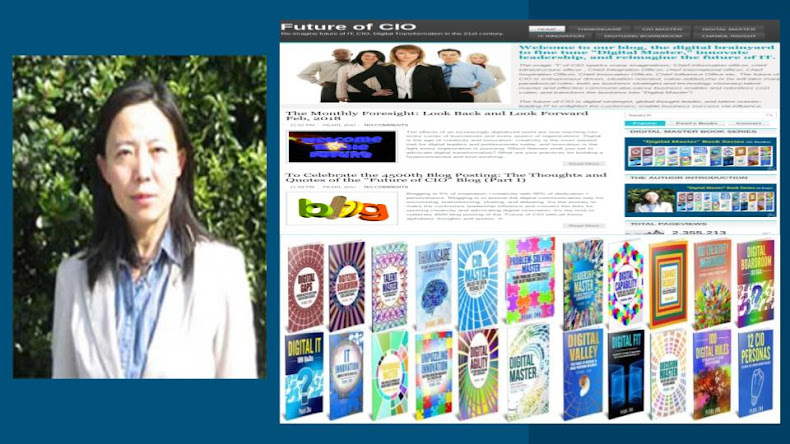













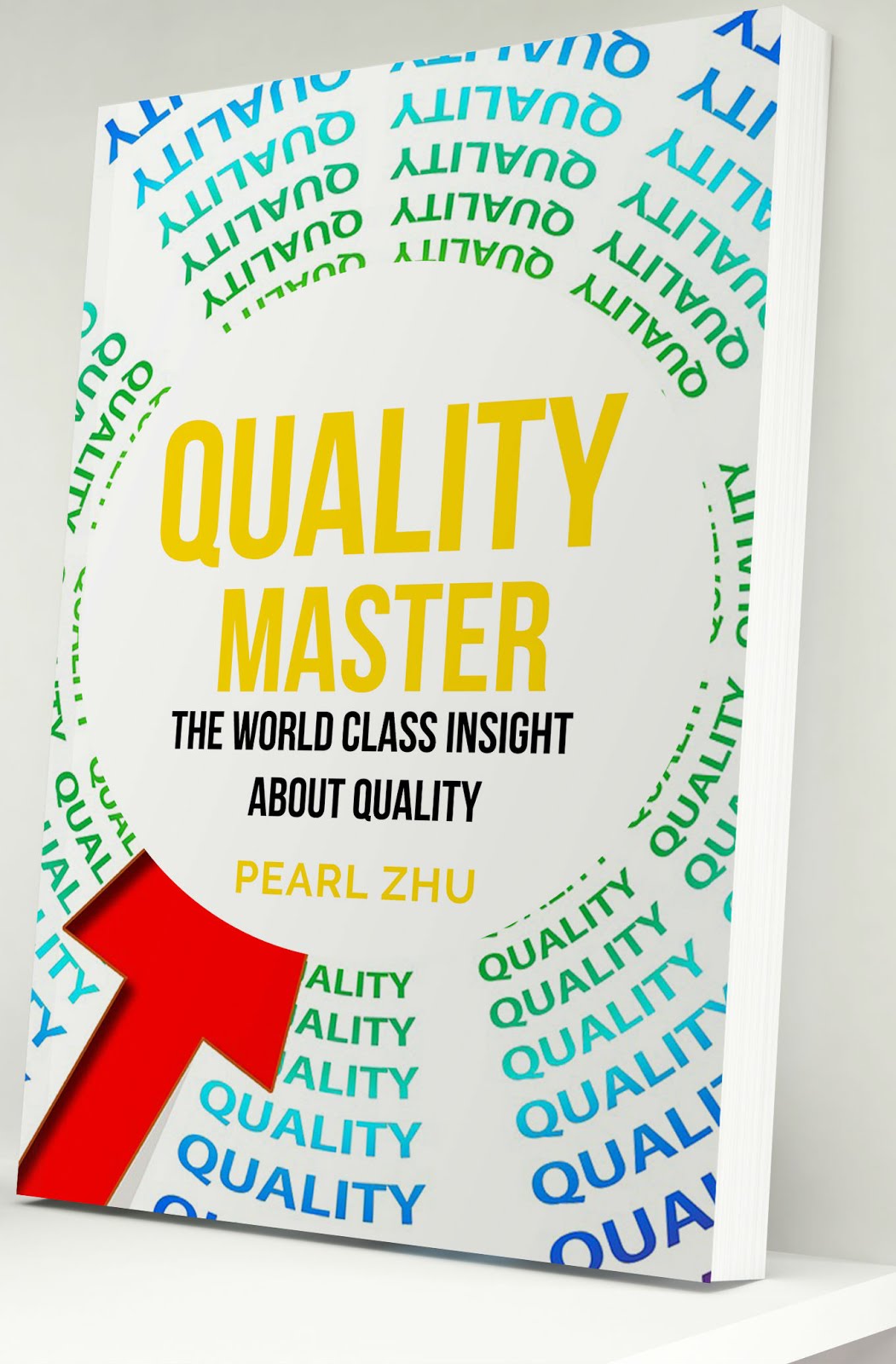
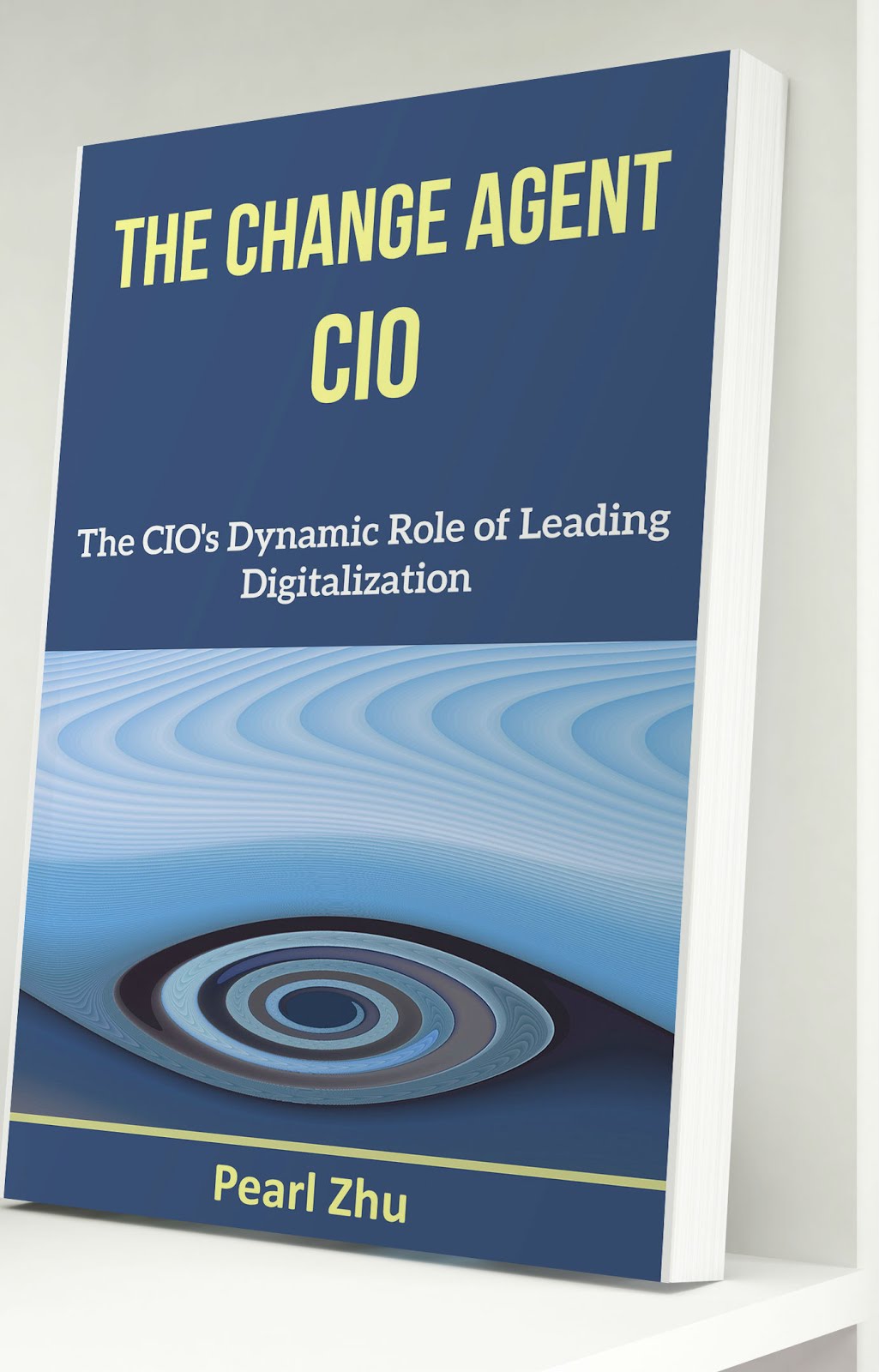



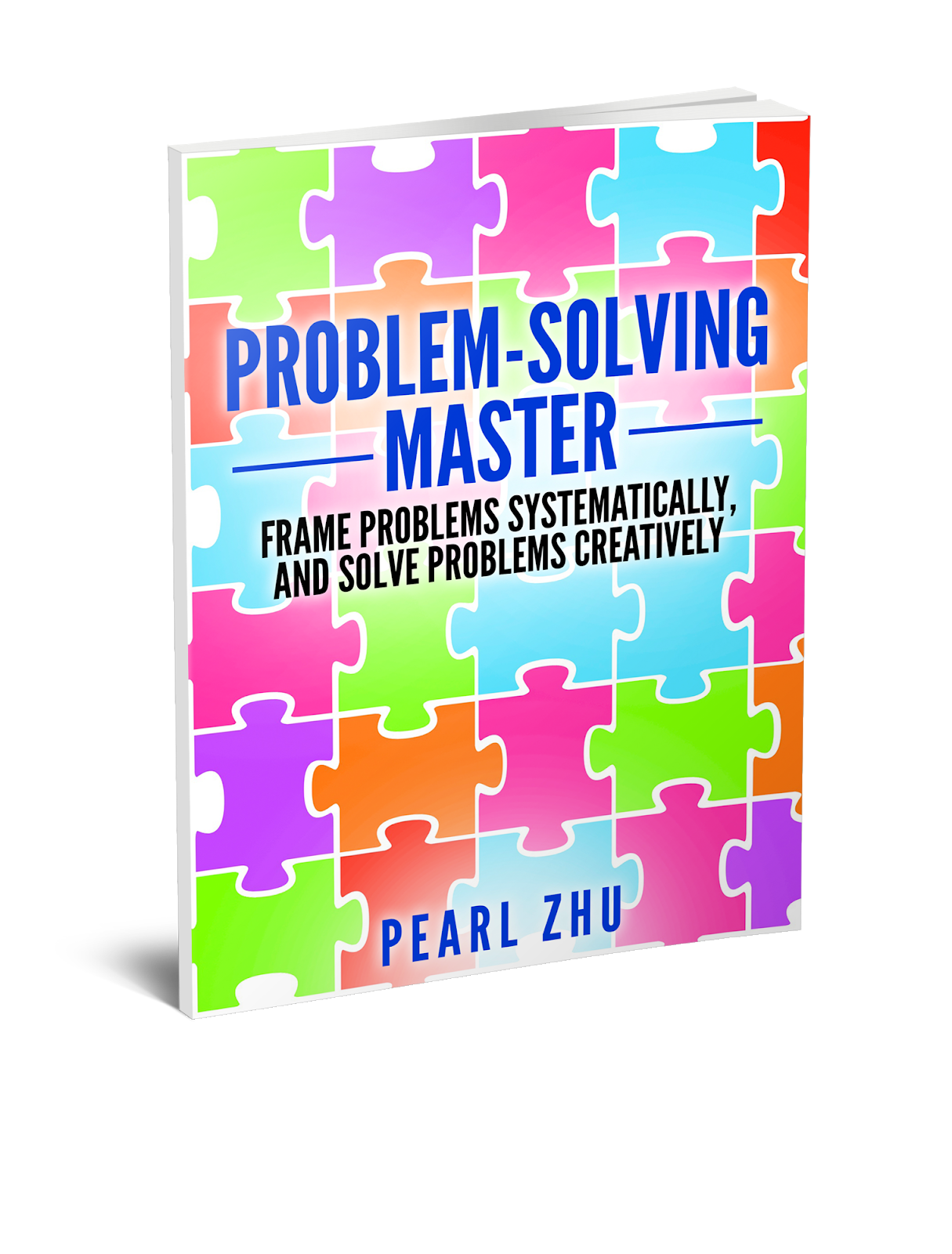
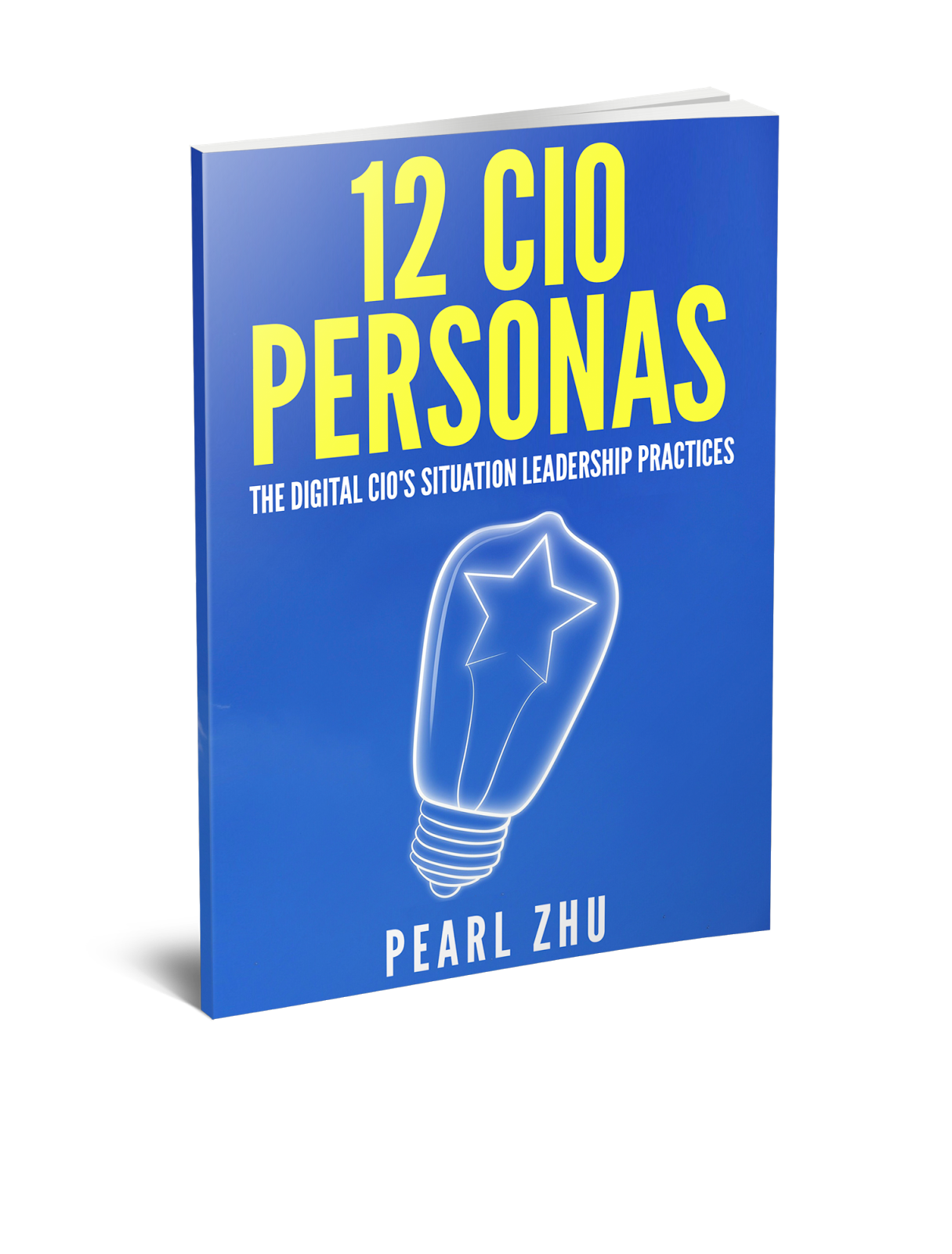
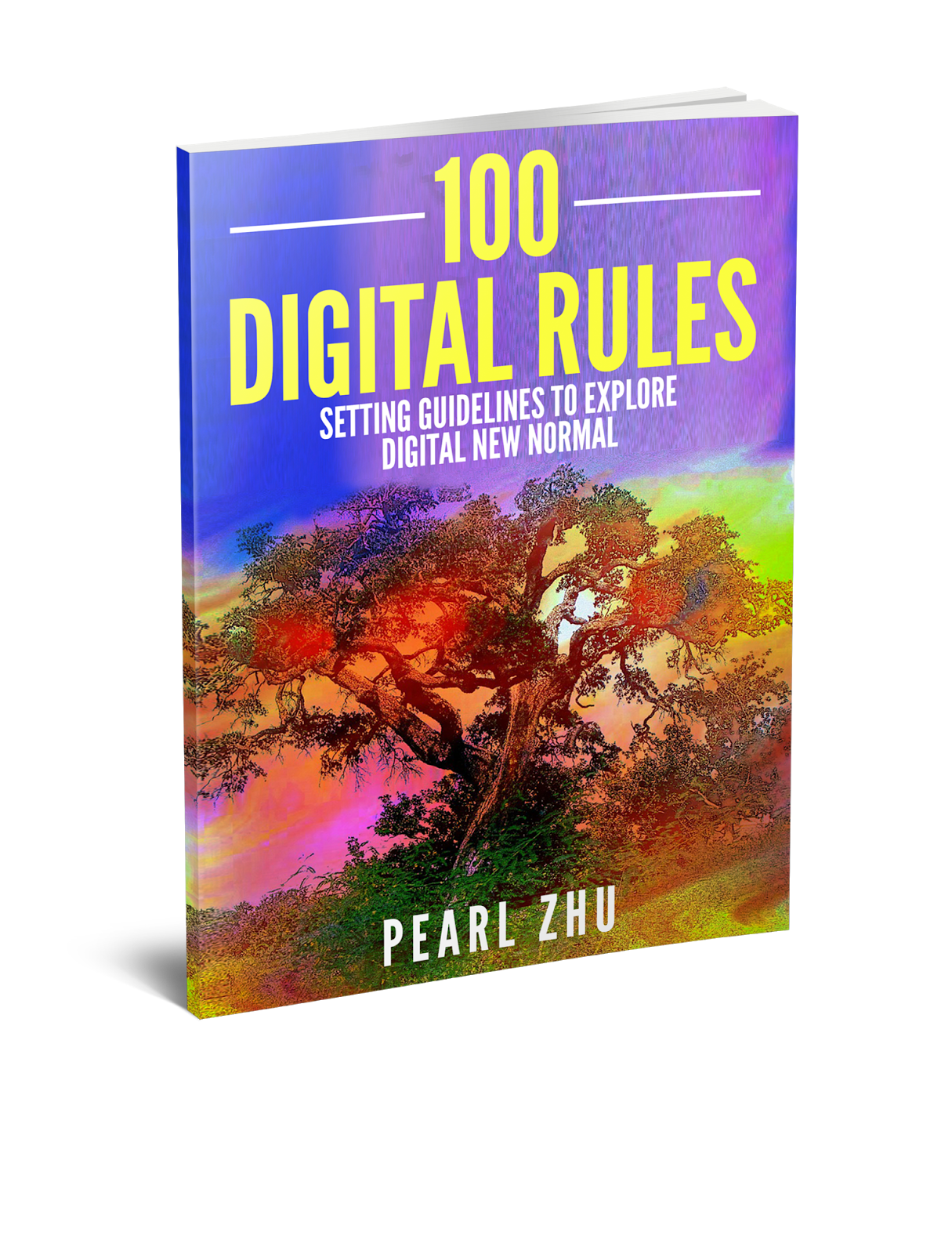
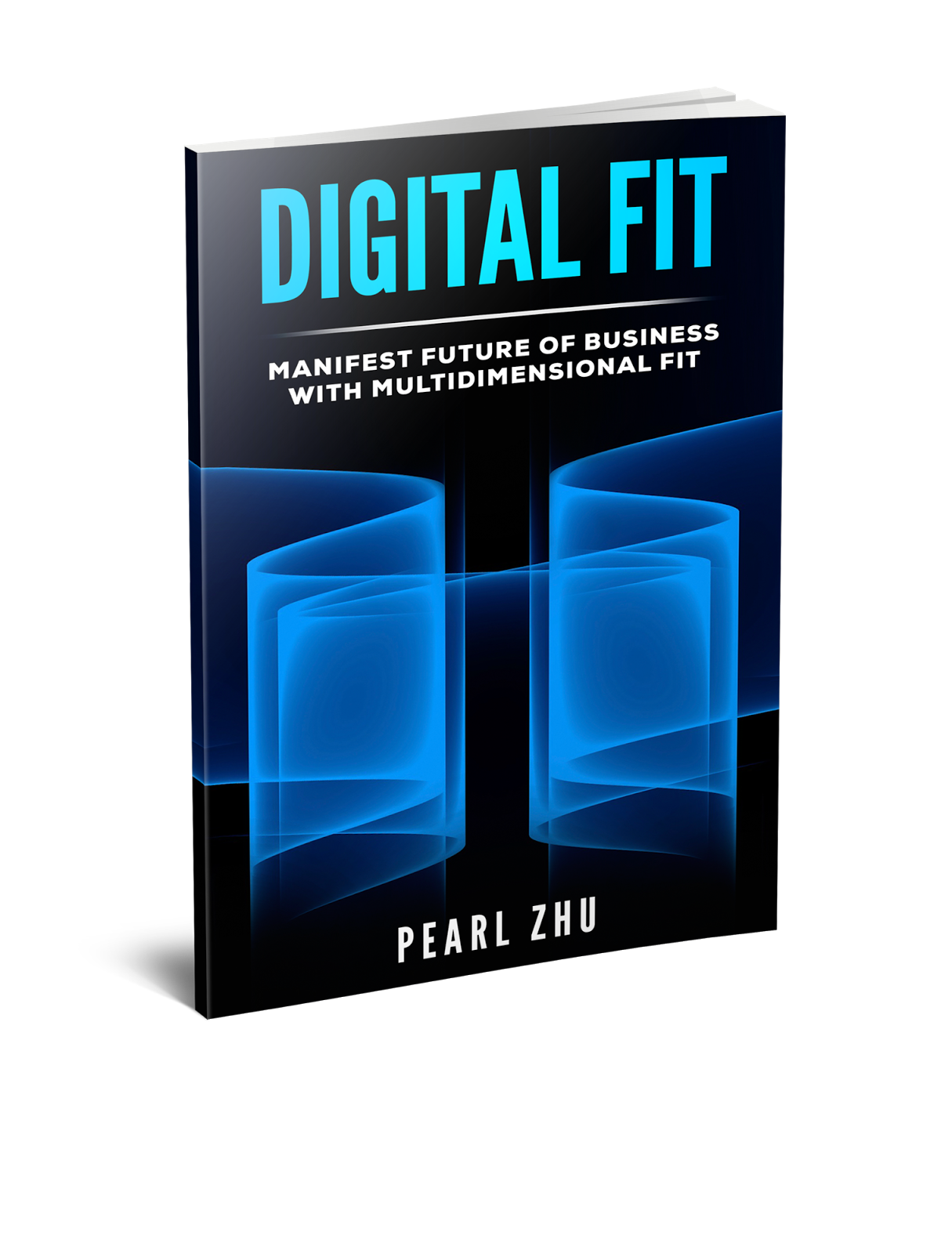

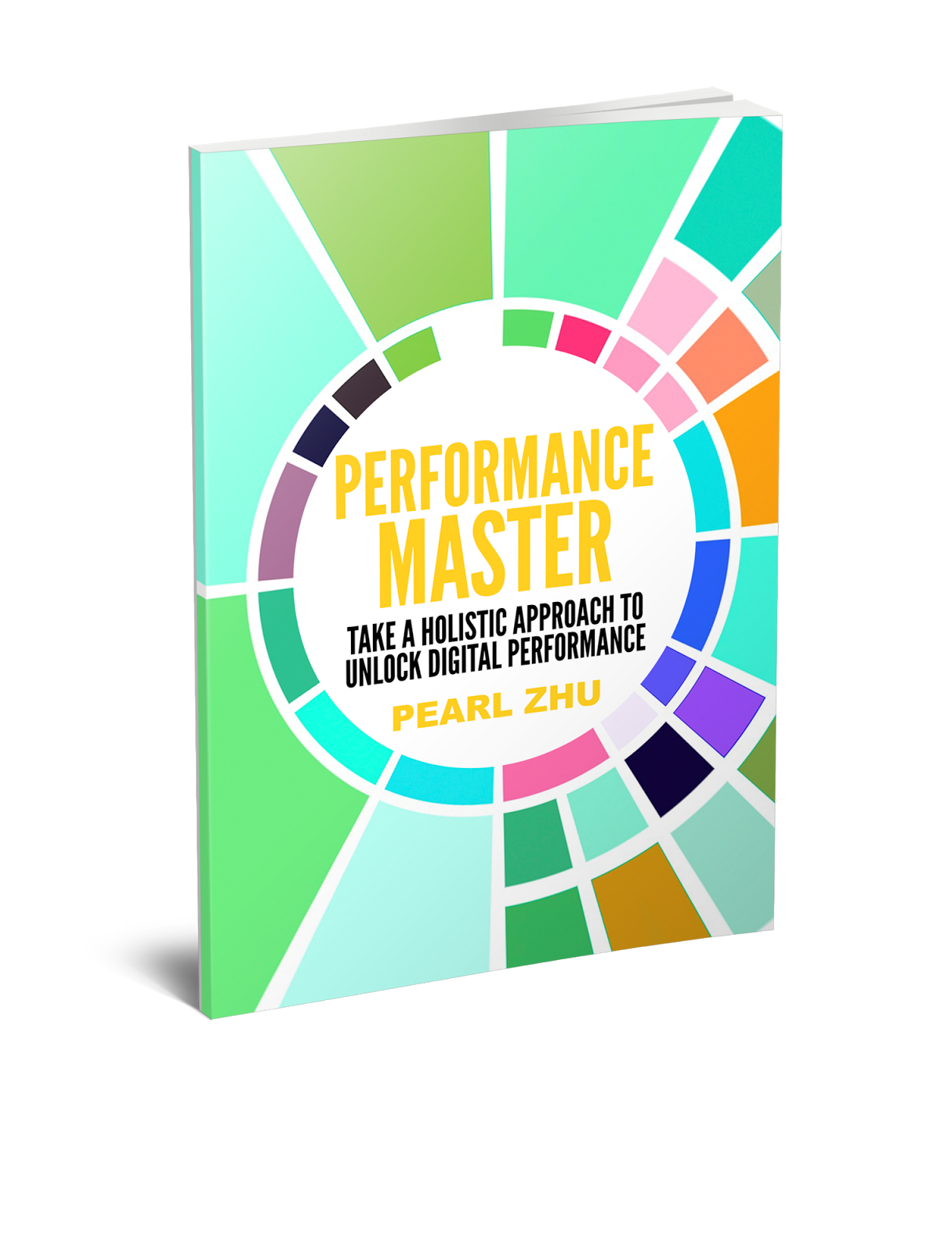
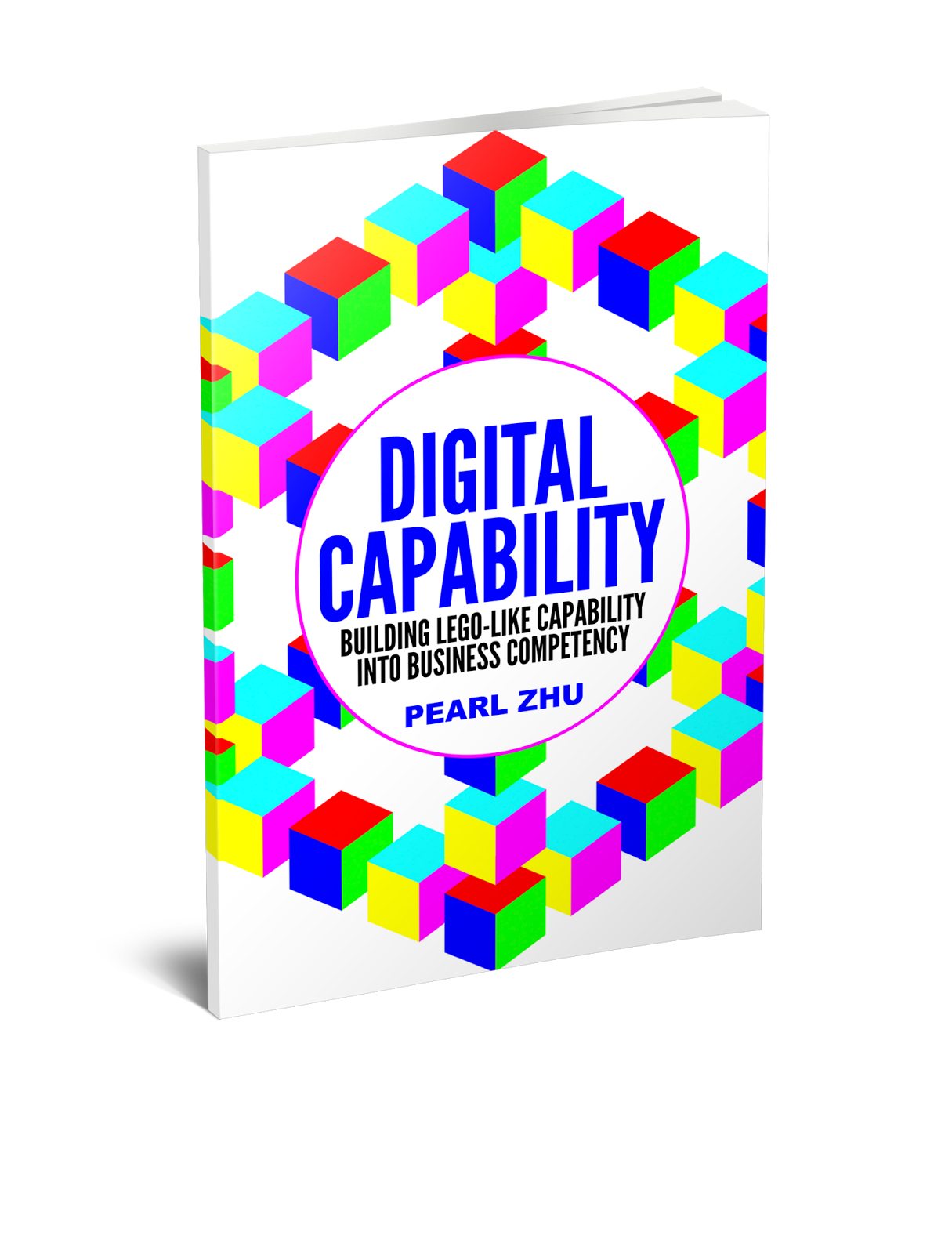
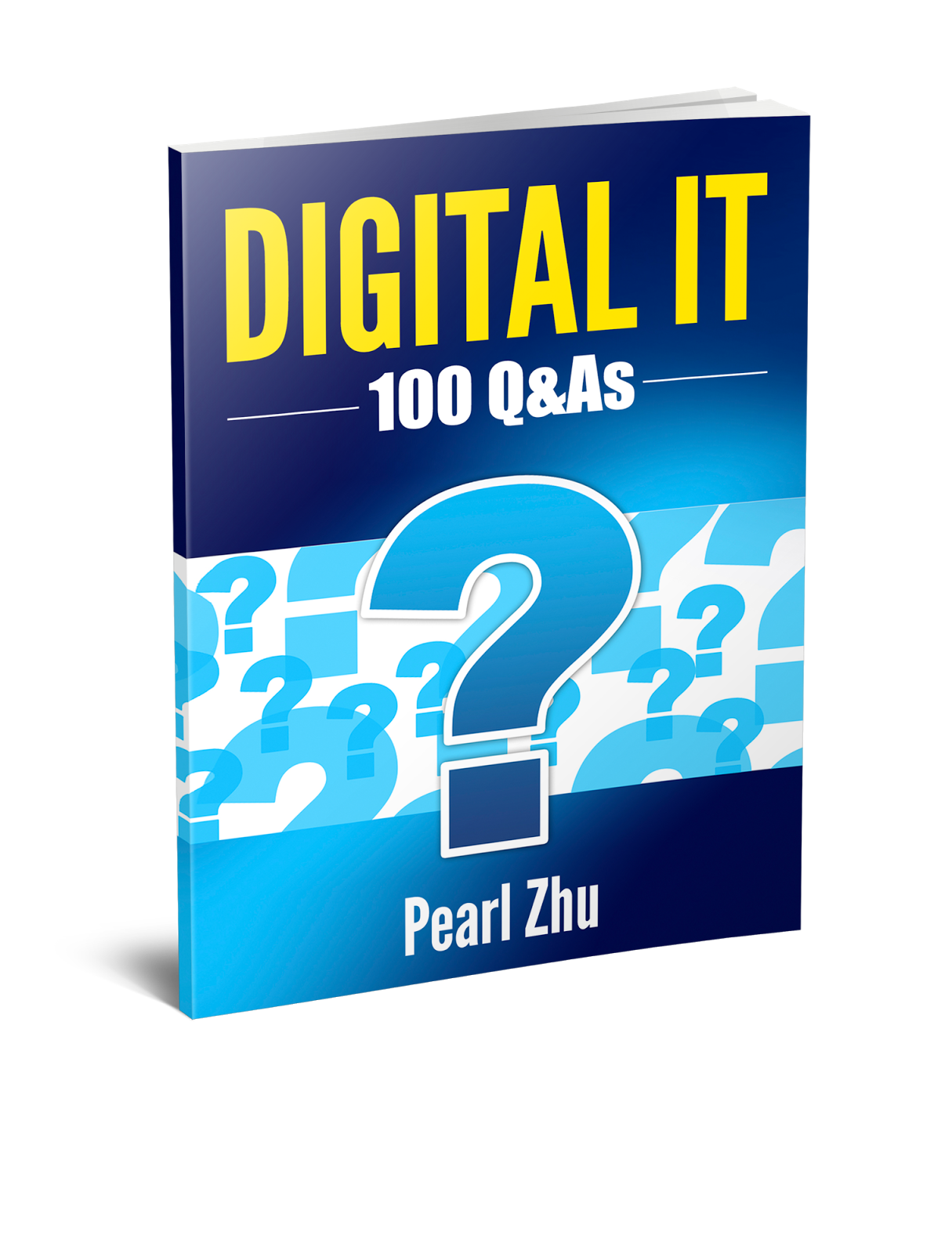

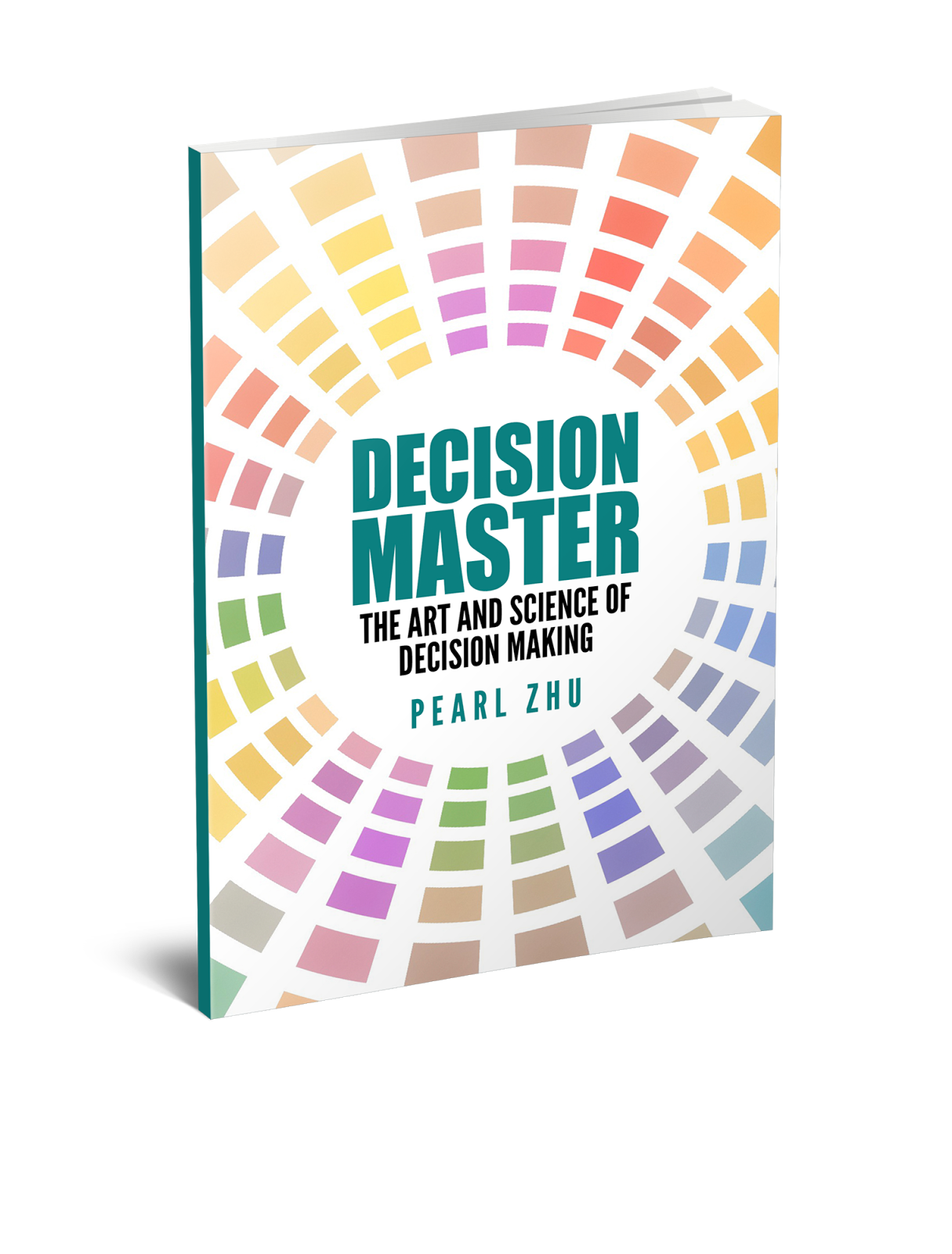

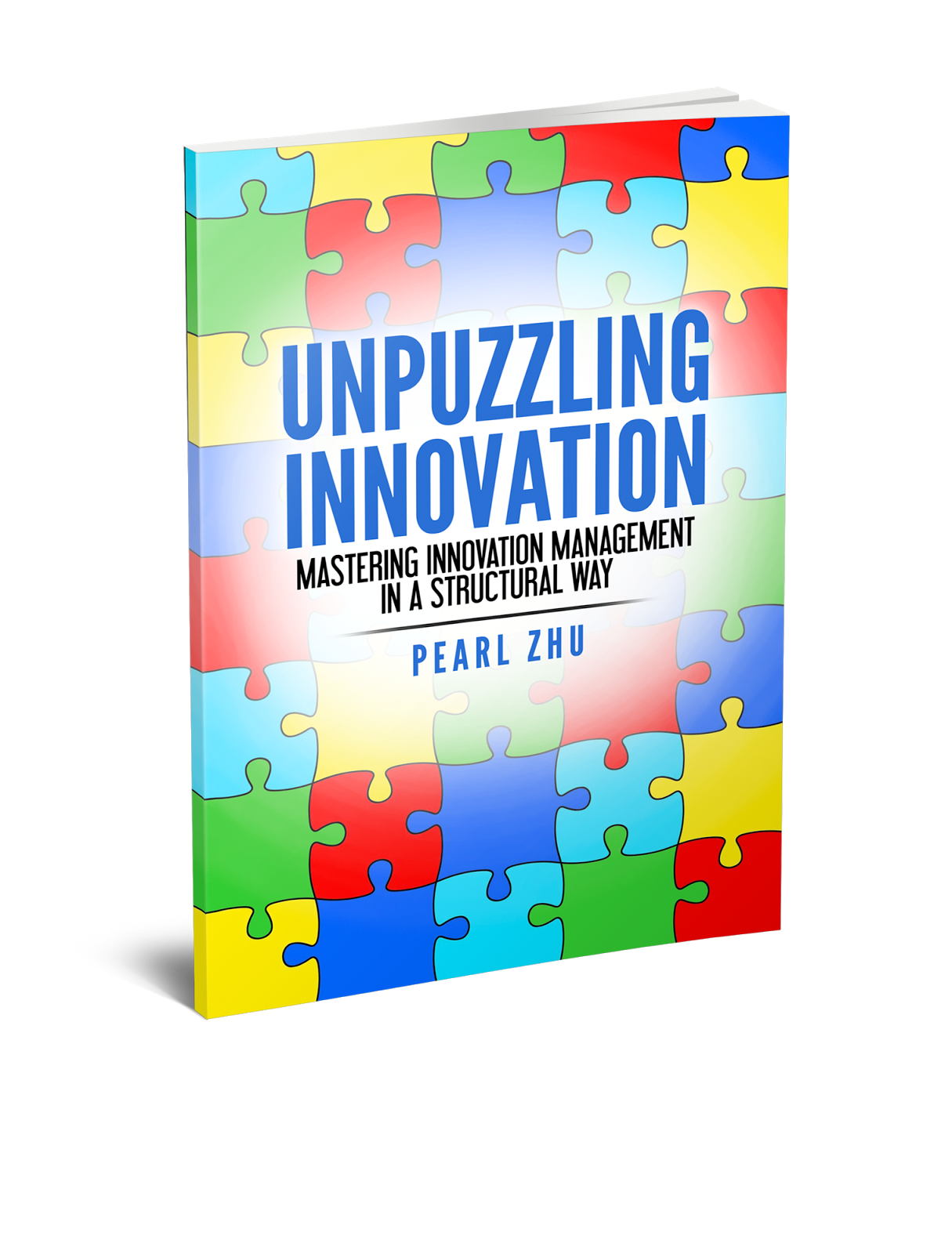
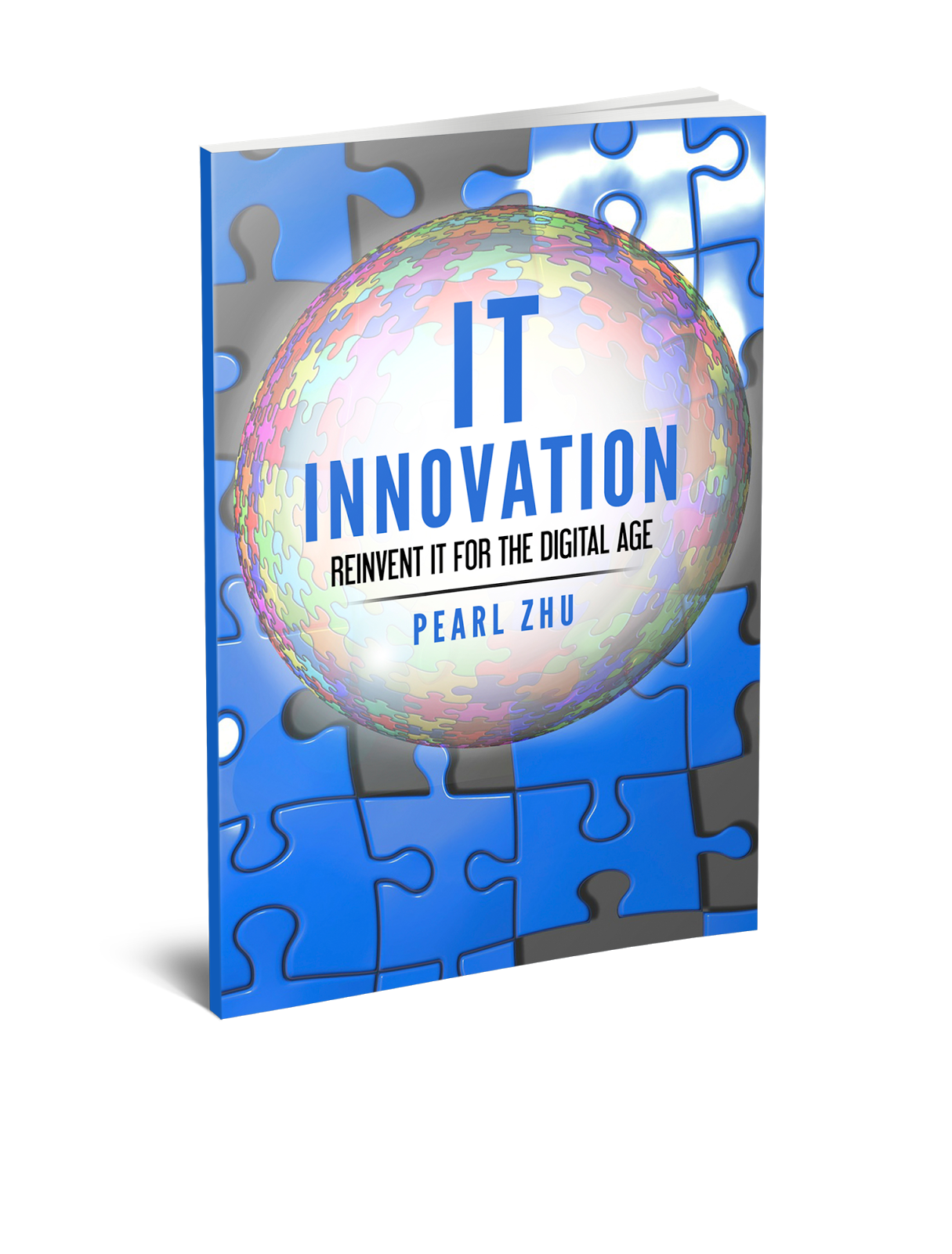






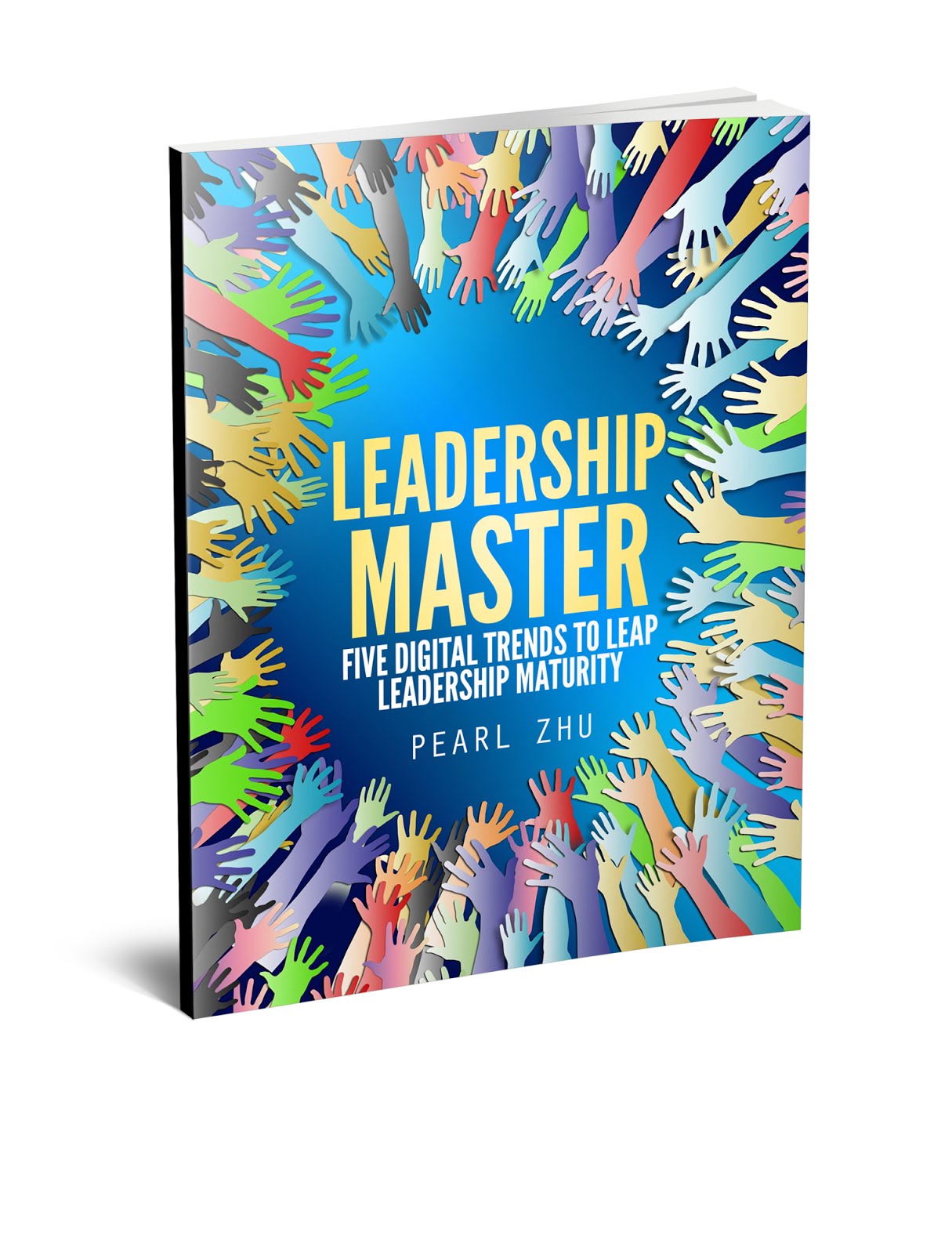


1 comments:
Consultants Factory (CF) specializes in model based approach. We help your IT Organization establish industry best practices & standards like ITIL, COBIT, ISO 9001, ISO 20000, ISO 27001, ISO 22301, Six Sigma etc.
Verism training
Post a Comment